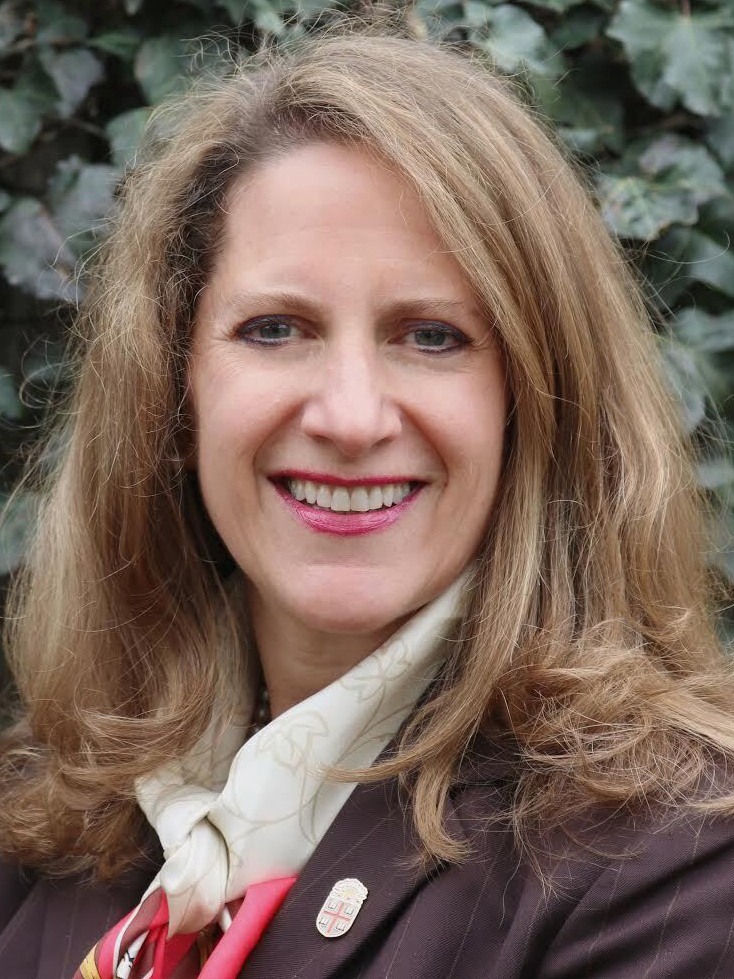M. Grace Calhoun ’92 is no stranger to Brown. A former Brown Bear, she fondly remembers her years on the varsity track and field team as a student. Now, she’s back on College Hill and determined to bring Brown Athletics to the next level.
Calhoun has built a career as a national leader in collegiate athletics, with experience in administration at multiple schools at the conference level and in key leadership roles with the NCAA. Most recently, as the T. Gibbs Kane, Jr. W’69 Director of Athletics and Recreation at the University of Pennsylvania, she increased varsity sport competitiveness, innovative programming, campus collaborations, and awareness of recreation as a cornerstone of community wellness.
In April 2021, Calhoun returned to her alma mater to take on the newly elevated position of vice president for athletics and recreation. Her ambitions for Brown aren’t just big: they’re indomitable.
 How can we harness Brown’s distinctive character to improve athletics and recreation?
How can we harness Brown’s distinctive character to improve athletics and recreation?